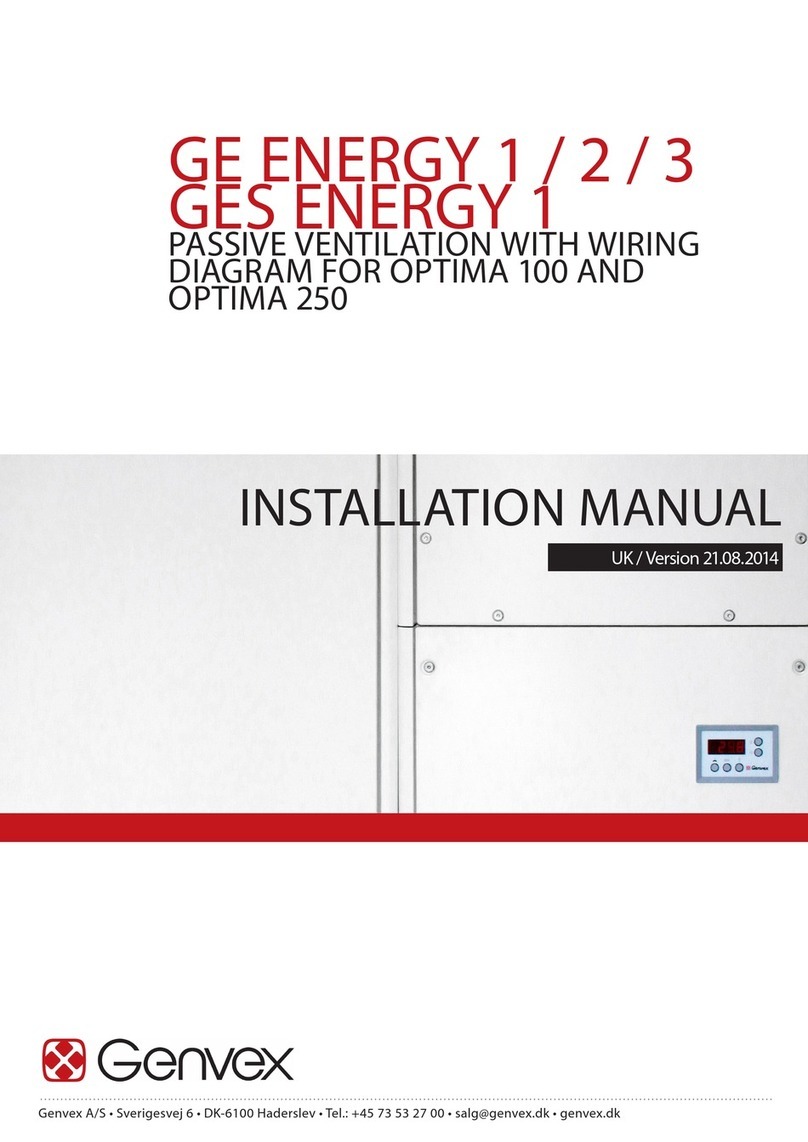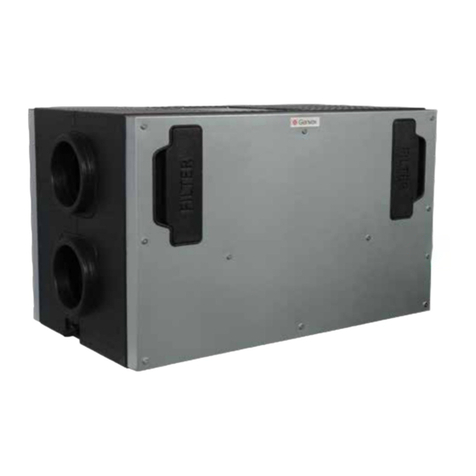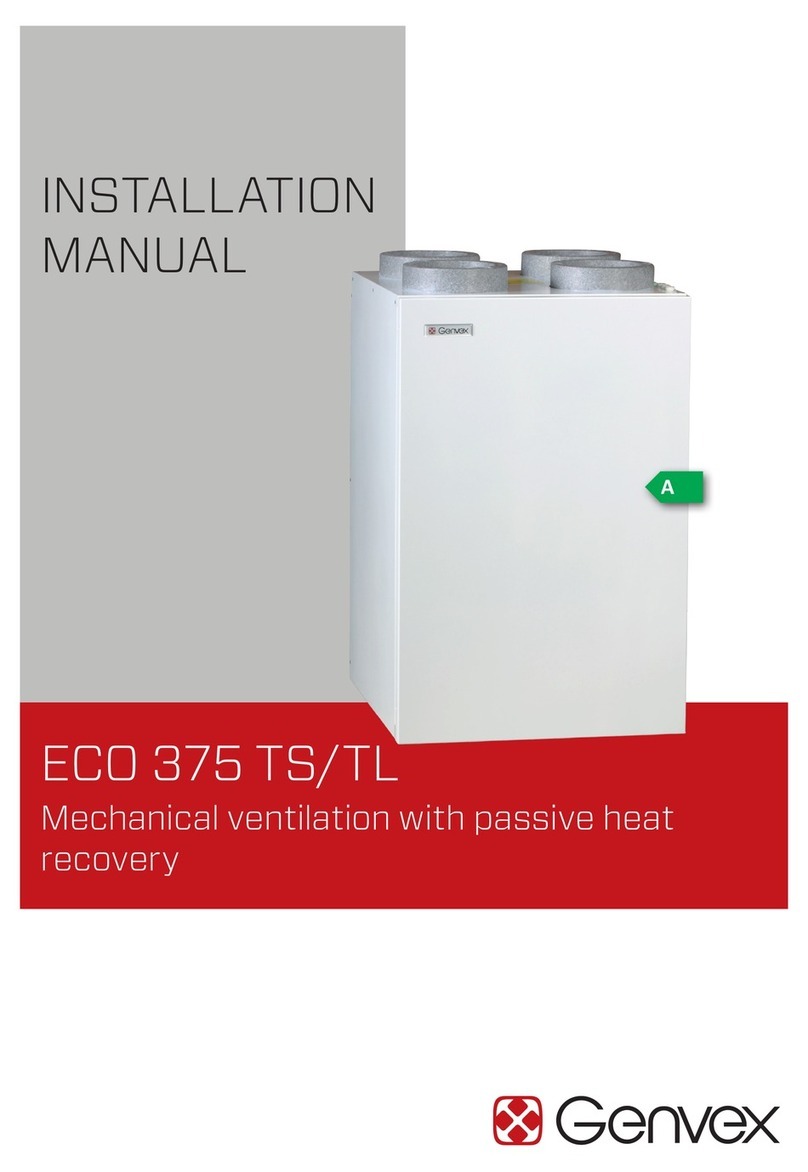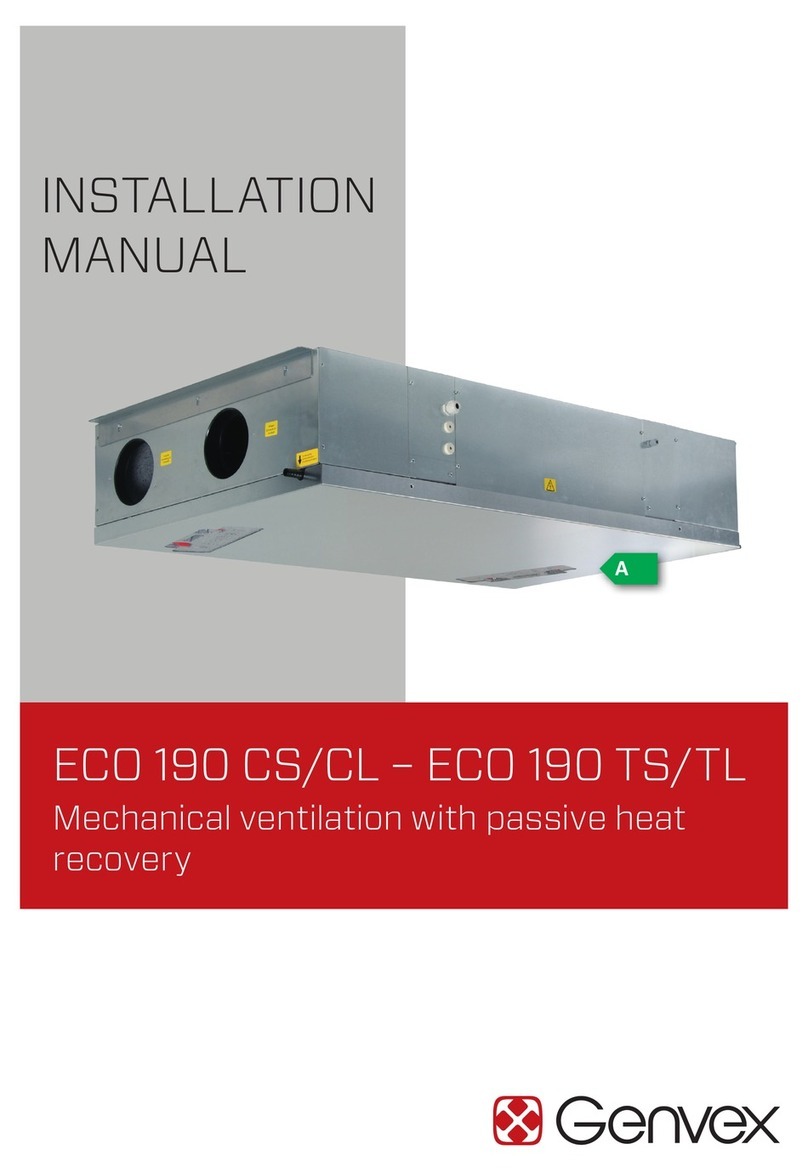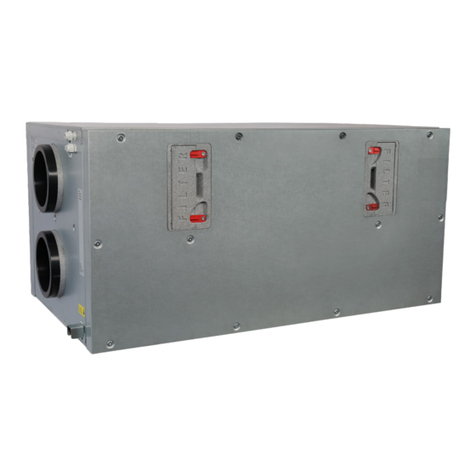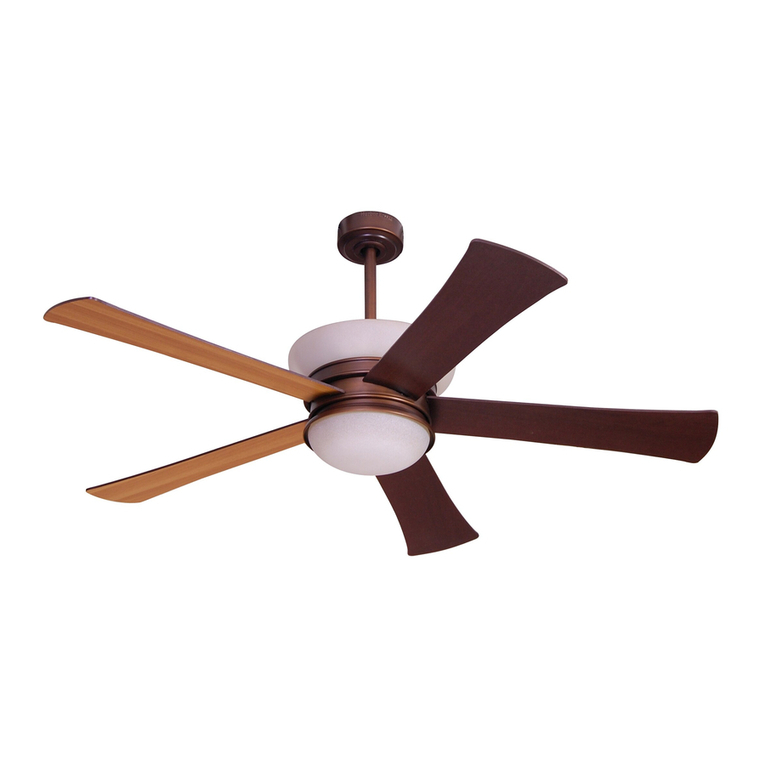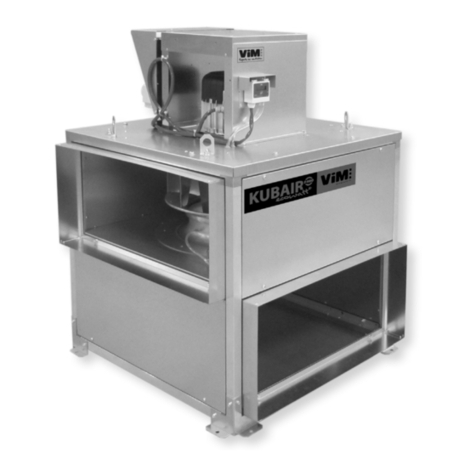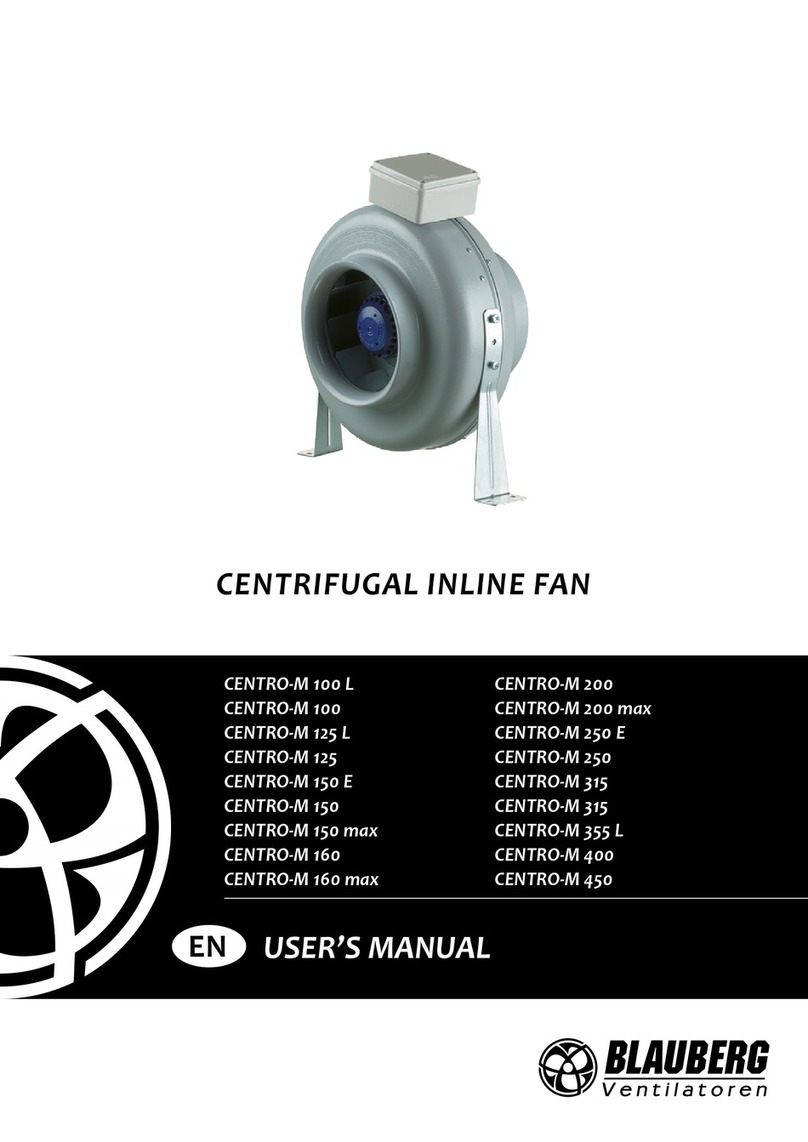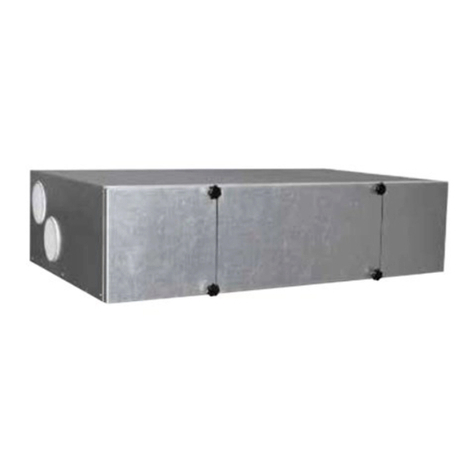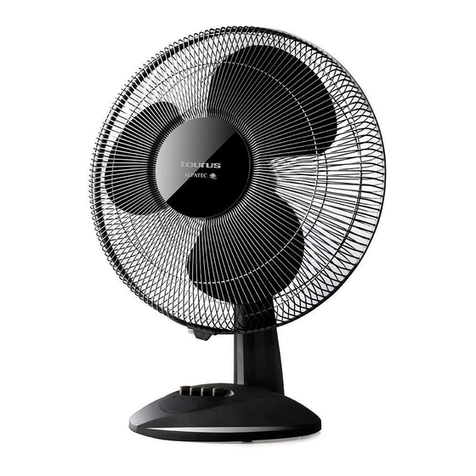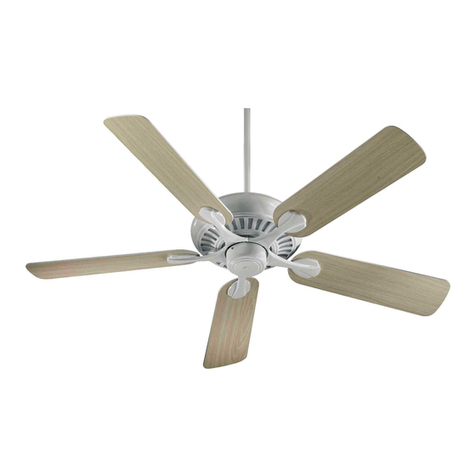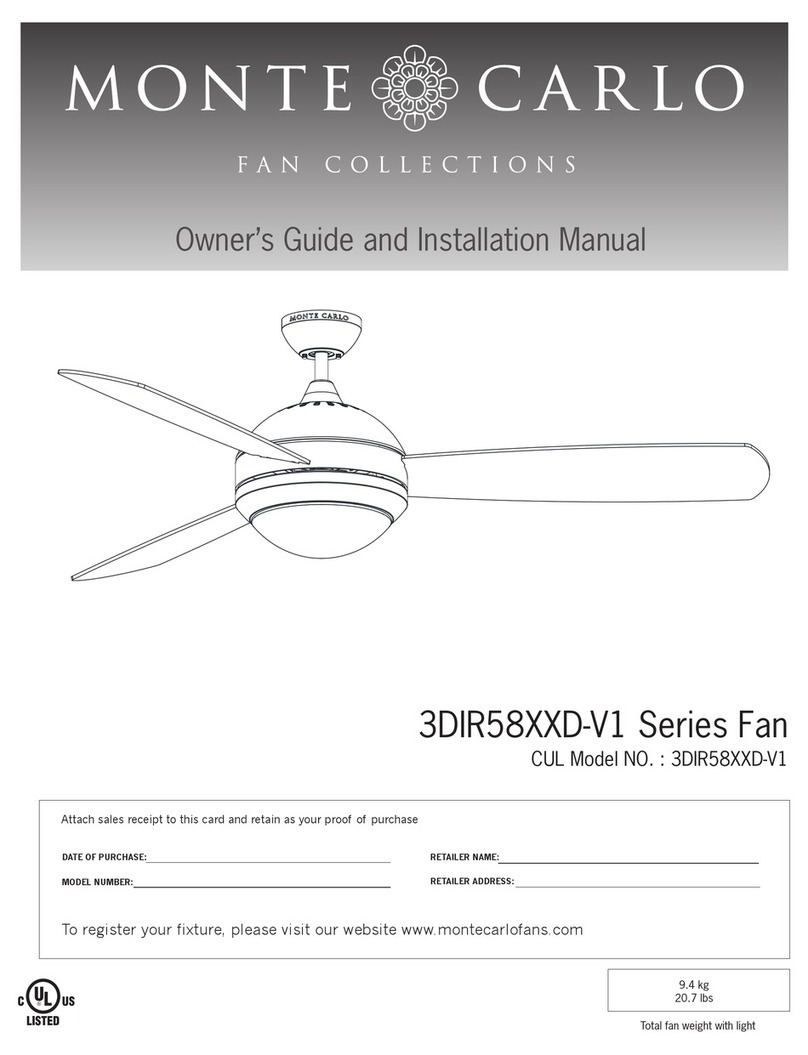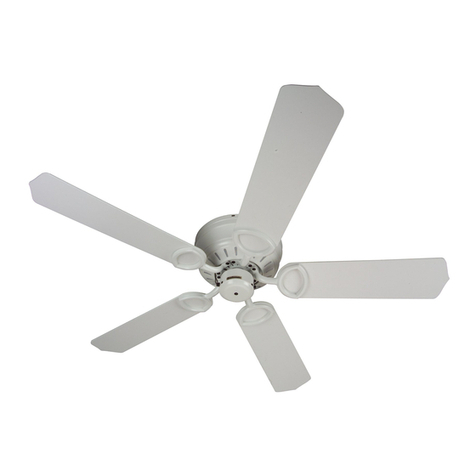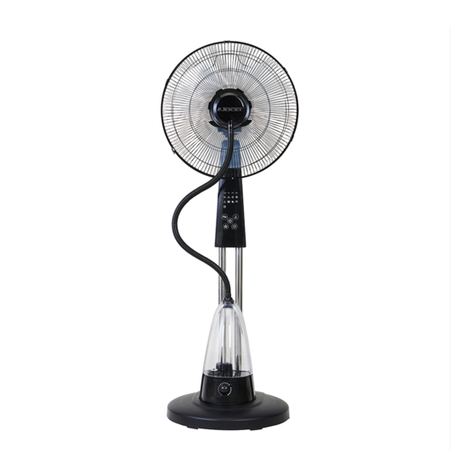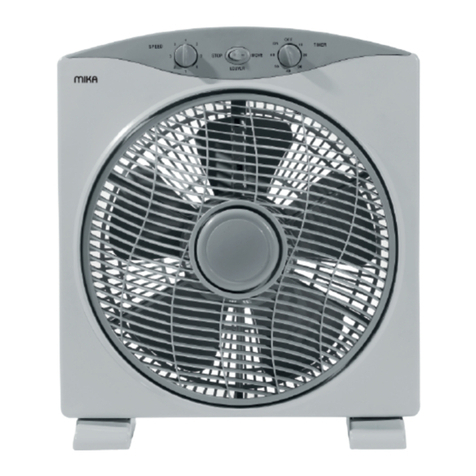
TABLE OF CONTENTS
Safety information..................................................................................................................................................................3
Functional description...........................................................................................................................................................4
Installation .................................................................................................................................................................................5
Wall mounting (vertical connections).....................................................................................................................5
Floor mounting (vertical connections)...................................................................................................................6
Dimensional sketch.......................................................................................................................................................7
Horizontal mounting of the unit (horizontal connections) .............................................................................7
Duct connection.............................................................................................................................................................8
Duct system..................................................................................................................................................................10
Insulation of ducts in cold attics...........................................................................................................................11
Insulation of ducts in heated rooms ....................................................................................................................11
Post-heating of supply air .......................................................................................................................................11
Electrical installation ................................................................................................................................................12
Control and commisioning of the system...........................................................................................................12
Optimal initial commisioning of the system......................................................................................................12
System maintenance...........................................................................................................................................................13
Filters..............................................................................................................................................................................13
Access to internal parts...........................................................................................................................................14
Cleaning and inspection of rotary heat exchanger.........................................................................................15
Post-heating surface.................................................................................................................................................16
Fan ...................................................................................................................................................................................16
Supply air and exhaust air valves .........................................................................................................................16
Recommended maintenance intervals ...............................................................................................................17
Spare parts..............................................................................................................................................................................18
Troubleshooting ....................................................................................................................................................................19
Safety thermostat in electric heating surface....................................................................................................
19
System not running.................................................................................................................................................. 19
No supply air ...............................................................................................................................................................19
No exhaust air.............................................................................................................................................................19
Cold supply air............................................................................................................................................................19
Alarms .......................................................................................................................................................................... 19
Electrical diagram Optima 270 – right..........................................................................................................................20
Electrical diagram Optima 270 – left ...........................................................................................................................21
Power consumption display, control and rotor..........................................................................................................22
Declaration of conformity.................................................................................................................................................23
De-installation instructions..............................................................................................................................................23
